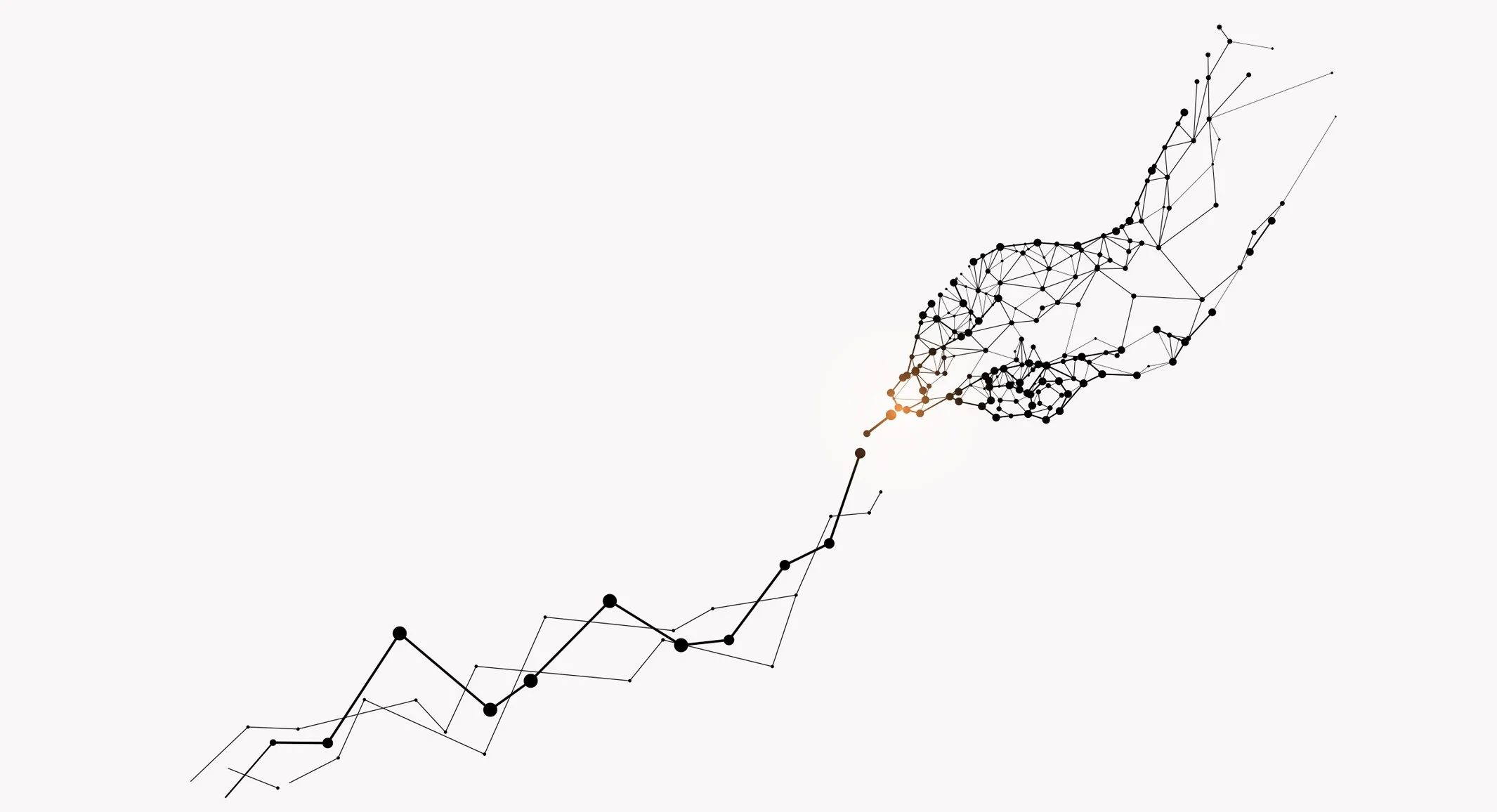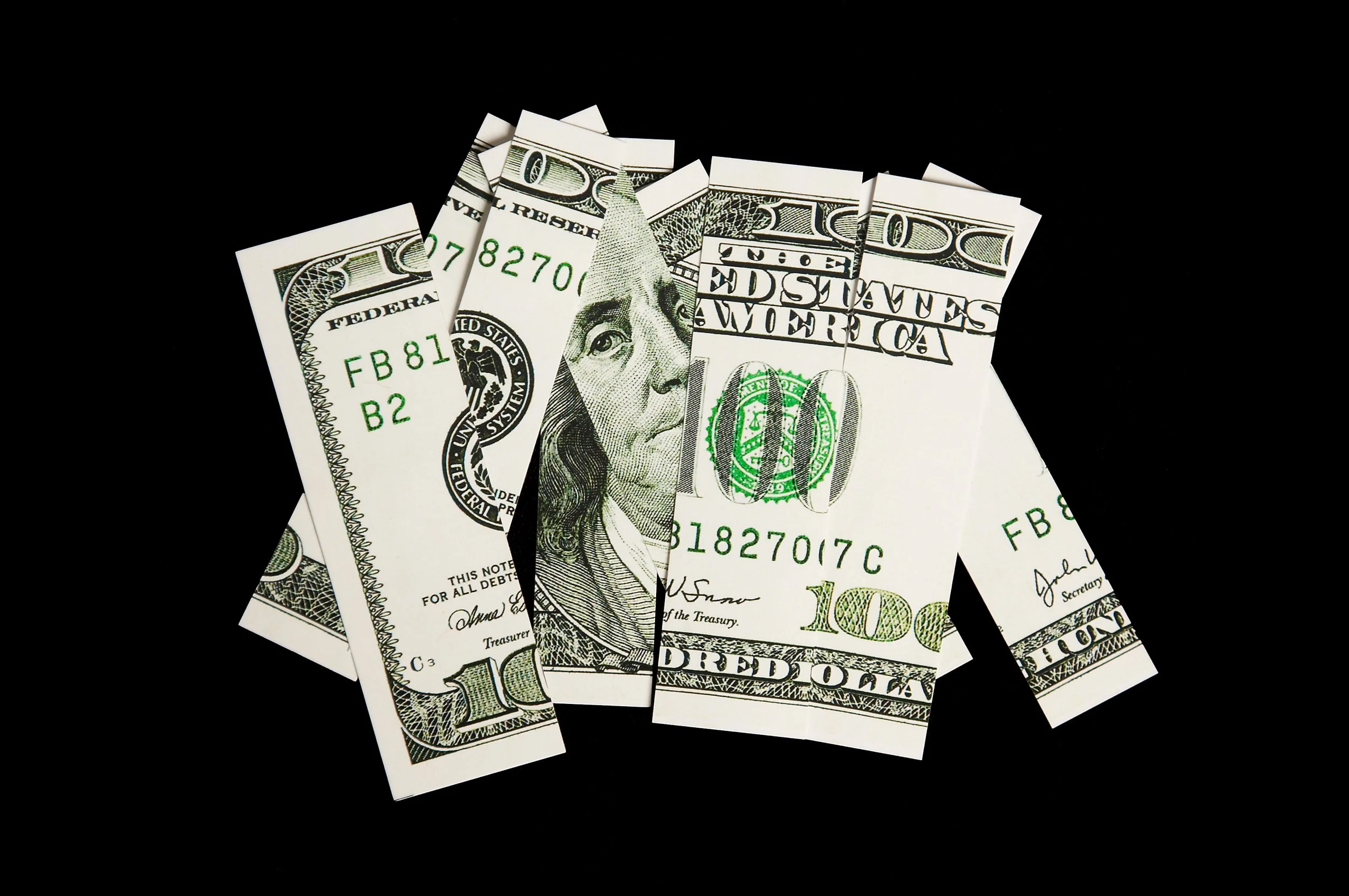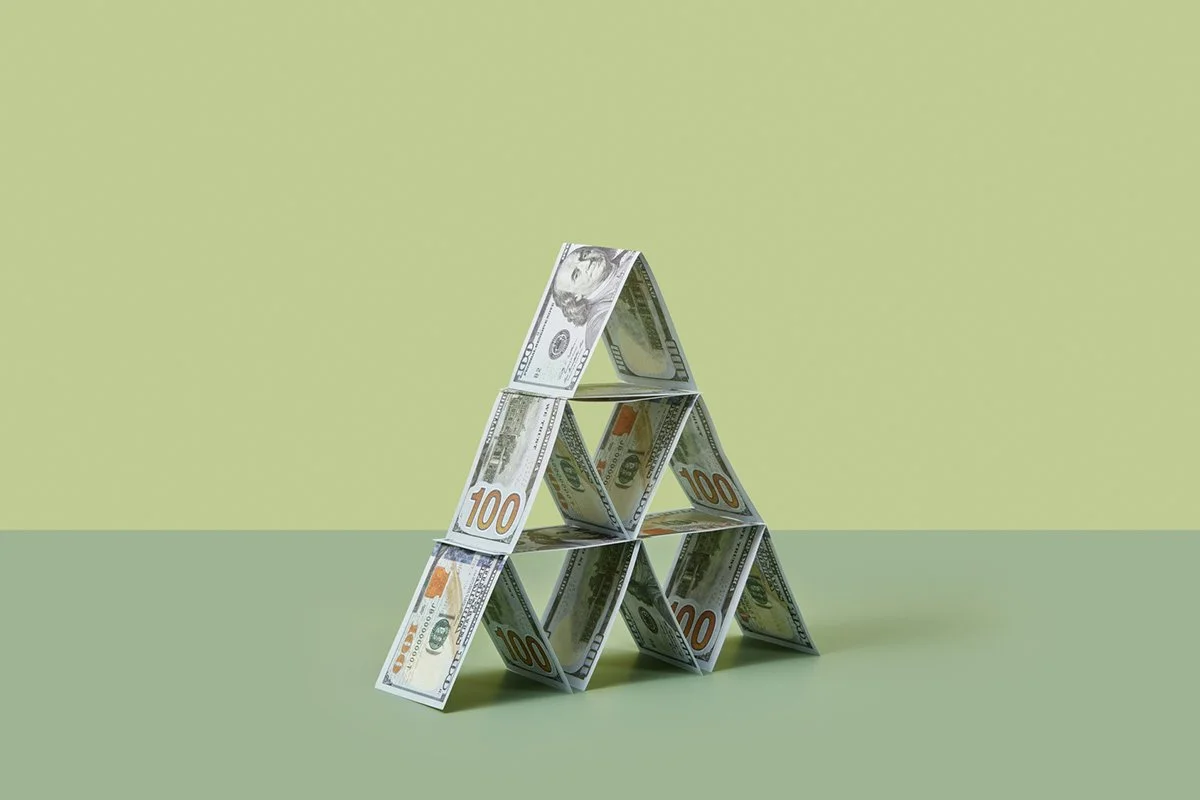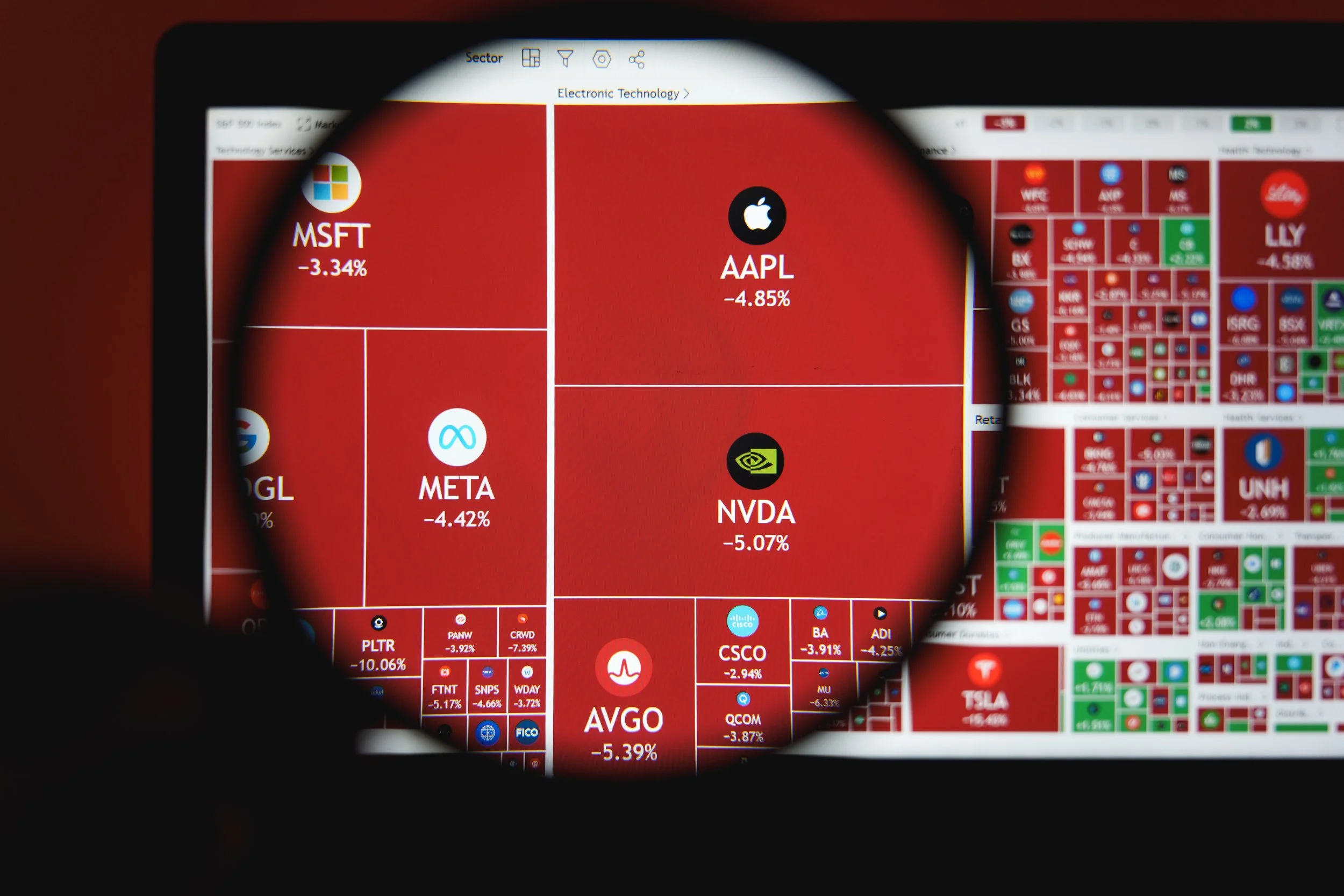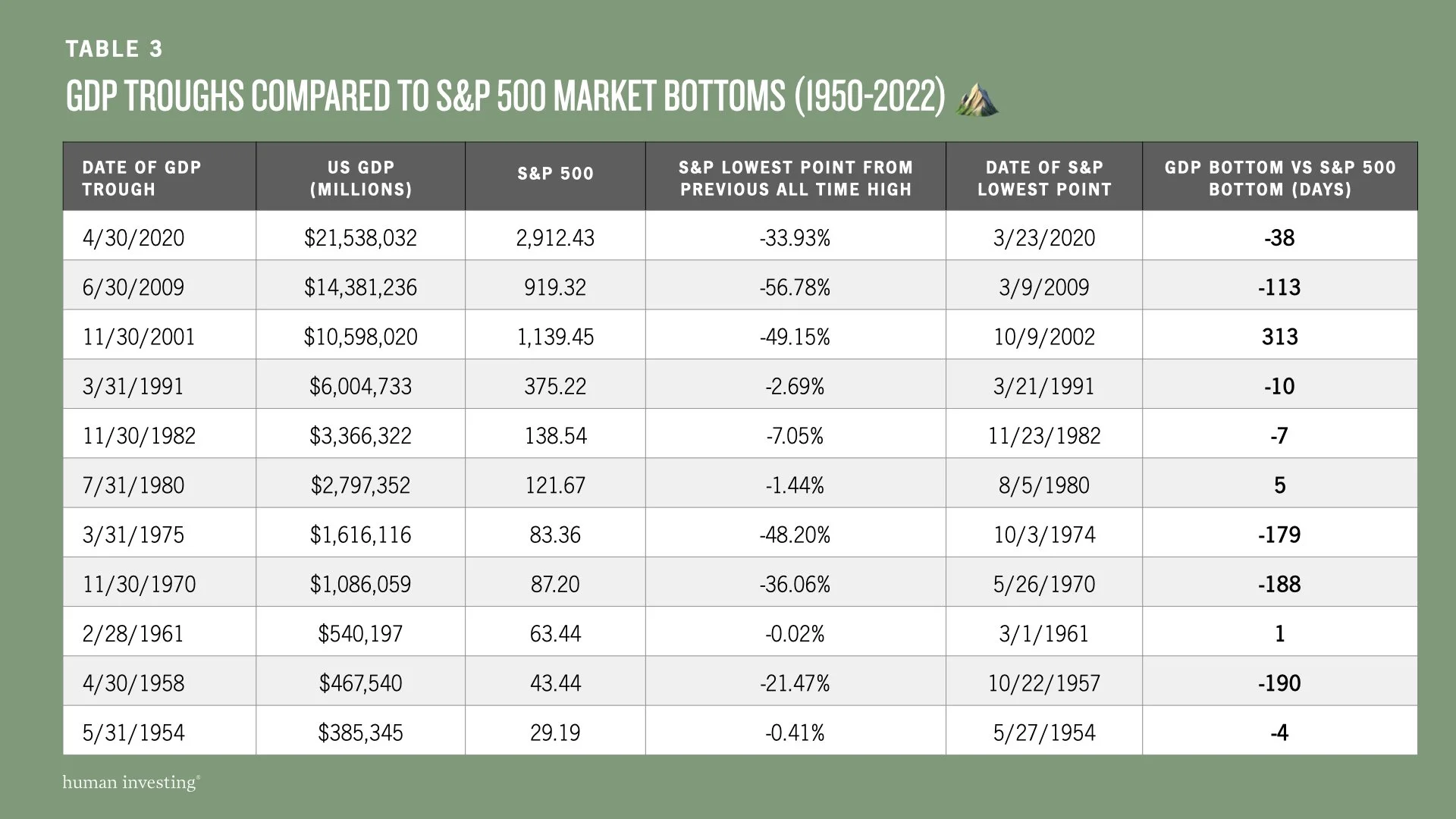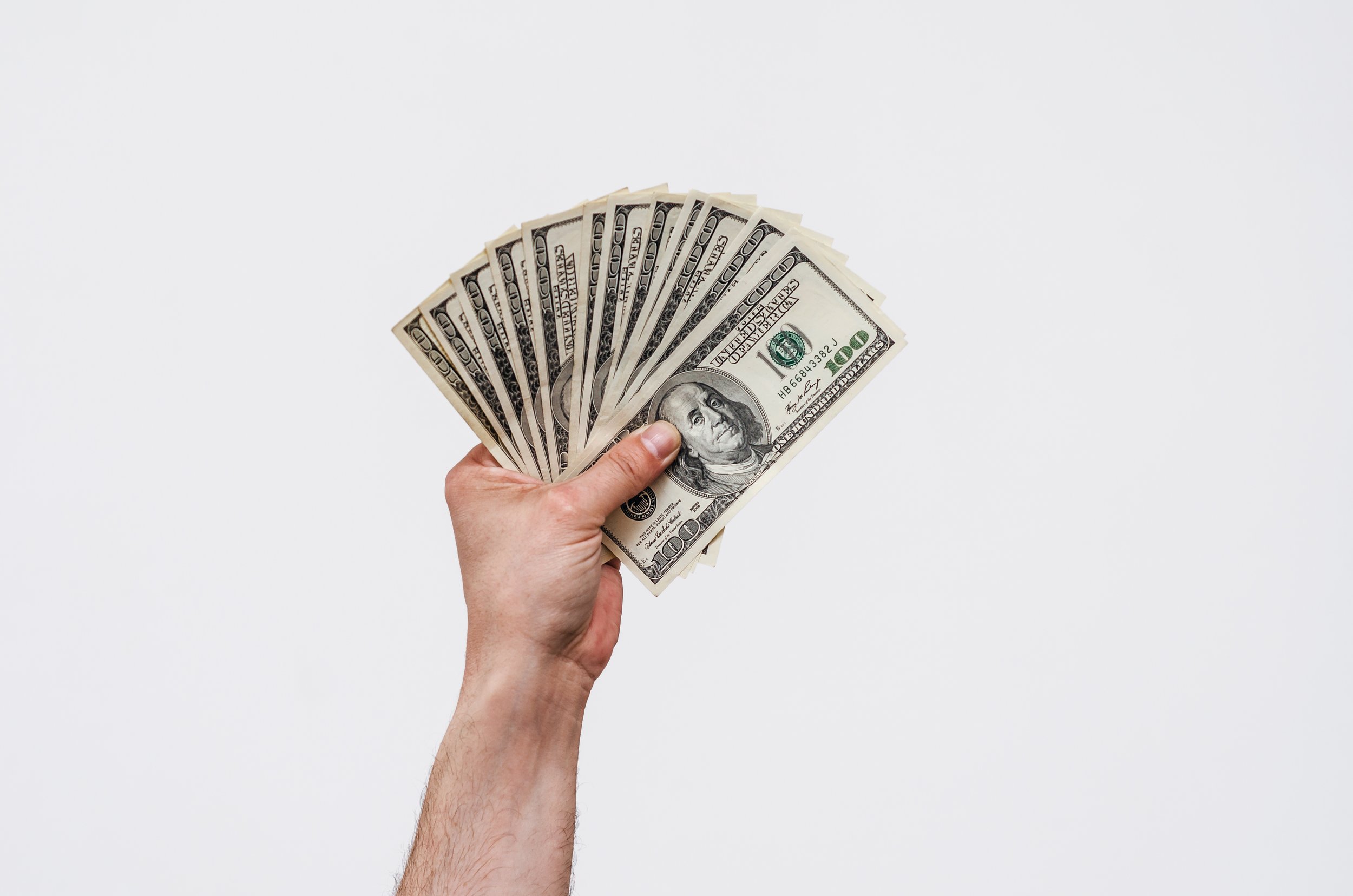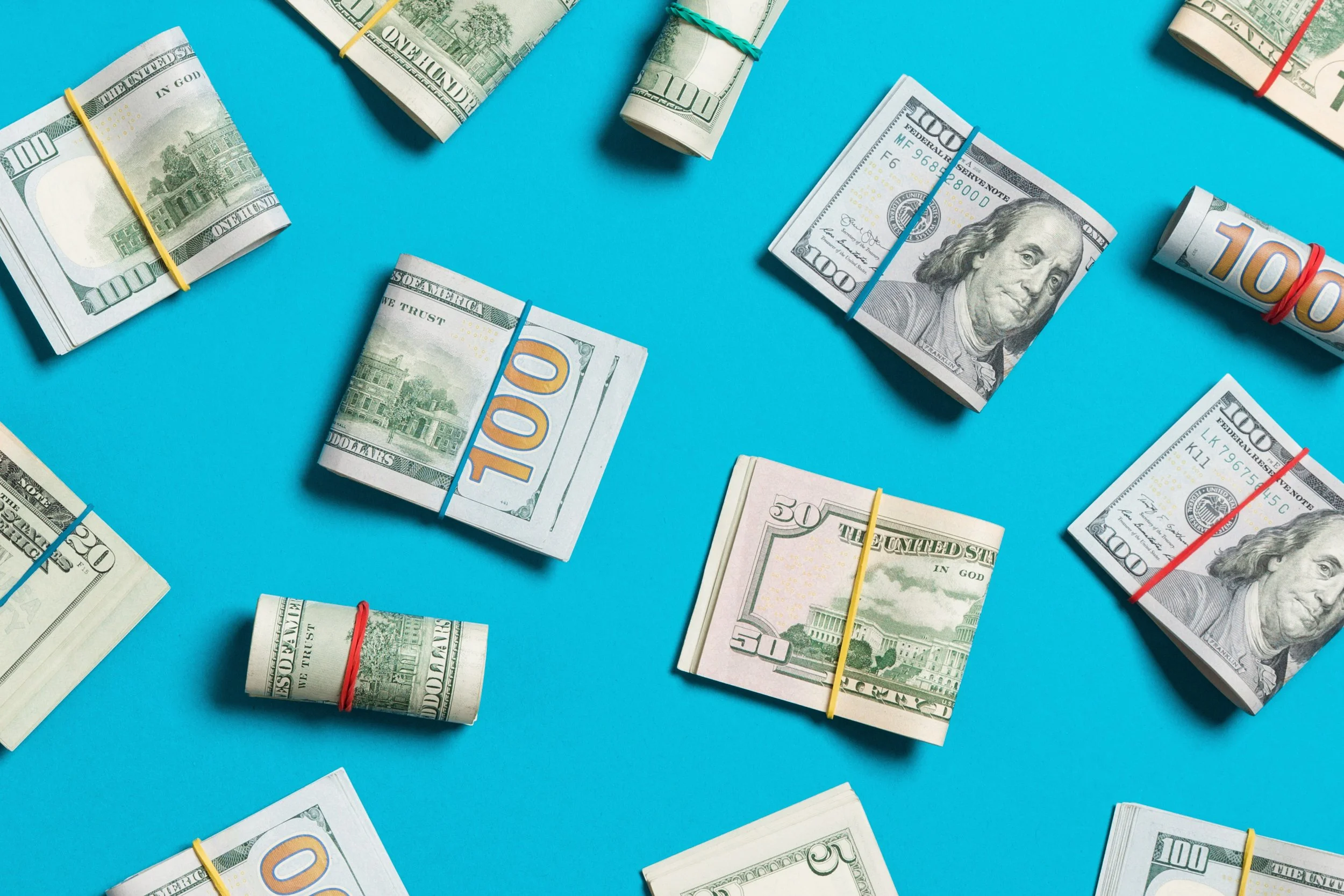Rebalancing is the idea that you are bringing your investment portfolio back to its targets. For example, if you invest your account as 60% stocks and 40% bonds (60/40) and never trade, in ten years your account will not be 60% stocks. Because stocks have historically tended to perform better than bonds over most ten-year periods, you will likely have a higher weight of stocks than bonds after ten years. If you don’t rebalance, your portfolio may not align with your intended allocation, which could change the risk and return characteristics.
WHY is it NECESSARY
Deciding how much to invest in various asset classes is a critical determinant of long-term performance[1]. Since asset allocation matters, maintaining it through rebalancing matters. As we’ve written previously, over time stocks typically outperform bonds[2]. There are also certainly times bonds outperform stocks, usually in recessions. The logic of rebalancing boosting returns is simple: You are selling what has relatively outperformed and buying what has underperformed (buy low, sell high). Especially in today’s world, where most ETFs are commission free, making the transaction costs of rebalancing minimal. Taxable investors should consider the tax implications of rebalancing, and also consider the change in risk and return of not rebalancing.
TWO APPROACHES
In financial theory, there are two main approaches to rebalancing: calendar-based and tolerance-based.
Calendar-based rebalancing ensures the long-term risk-return profile of your portfolio is consistent. This gets implemented on a set frequency (monthly, quarterly, annually) and ensures a consistent cadence.
Tolerance-based rebalancing takes advantage of buy low, sell high opportunities as they arise. This assumes you rebalance only if you hit certain thresholds of one asset class over or under performing. For example, say your target is 60/40, and you set a 3% absolute tolerance; if the equities drift to 64%, that prompts a rebalance back to 60/40. The alternative is relative tolerances, the same percentage of the target for each piece of the model. So, if a 60/40 portfolio had a 20% relative tolerance, the equities would be rebalanced if off by a relative 20% (20% of 60% target = 12% tolerance) and the bonds would have a 4% tolerance for rebalancing. There has been research suggesting tolerance-based rebalancing is more beneficial for long-term performance[3].
OUR PROCESS
At Human Investing, we combine both calendar-based and tolerance-based rebalancing to give our clients the best of both worlds. Tolerance rebalancing allows us to take advantage of market dips and rallies as they happen, while our annual reviews ensure no portfolio drifts too far off course. This approach keeps every account aligned with the level of risk and return our clients expect and provides discipline, consistency, and confidence over the long run.
While rebalancing can sometimes feel counter intuitive, like selling bonds and buying stocks in March 2020, it is a helpful practice for any investor. It both keeps your portfolio consistent in the long run, and may improve risk-adjusted returns over time.
[1] Ibbotson, R. G., & Kaplan, P. D. (2000). Does Asset Allocation Policy Explain 40, 90, or 100 Percent of Performance? Financial Analysts Journal, 56(1), 26–33. https://doi.org/10.2469/faj.v56.n1.2327
[2] https://www.humaninvesting.com/450-journal/equity-risk-premium
[3] Daryanani, Gobind (2008). Opportunistic Rebalancing: A New Paradigm for Wealth Managers. FPA Journal. January 2008.
Disclosure: This material is provided for informational and educational purposes only. It should not be construed as investment, legal, or tax advice, nor does it constitute a recommendation or solicitation to buy or sell any security. Investors should consult with a qualified financial professional before making any investment decisions. Rebalancing and asset allocation strategies do not ensure a profit or protect against loss in declining markets. There is no guarantee that any investment strategy will achieve its objectives. Any references to historical performance, academic studies, or research are based on past data and should not be considered indicative of future results. Past performance is not a guarantee of future outcomes. Advisory services offered through Human Investing, an SEC-registered investment adviser.



















